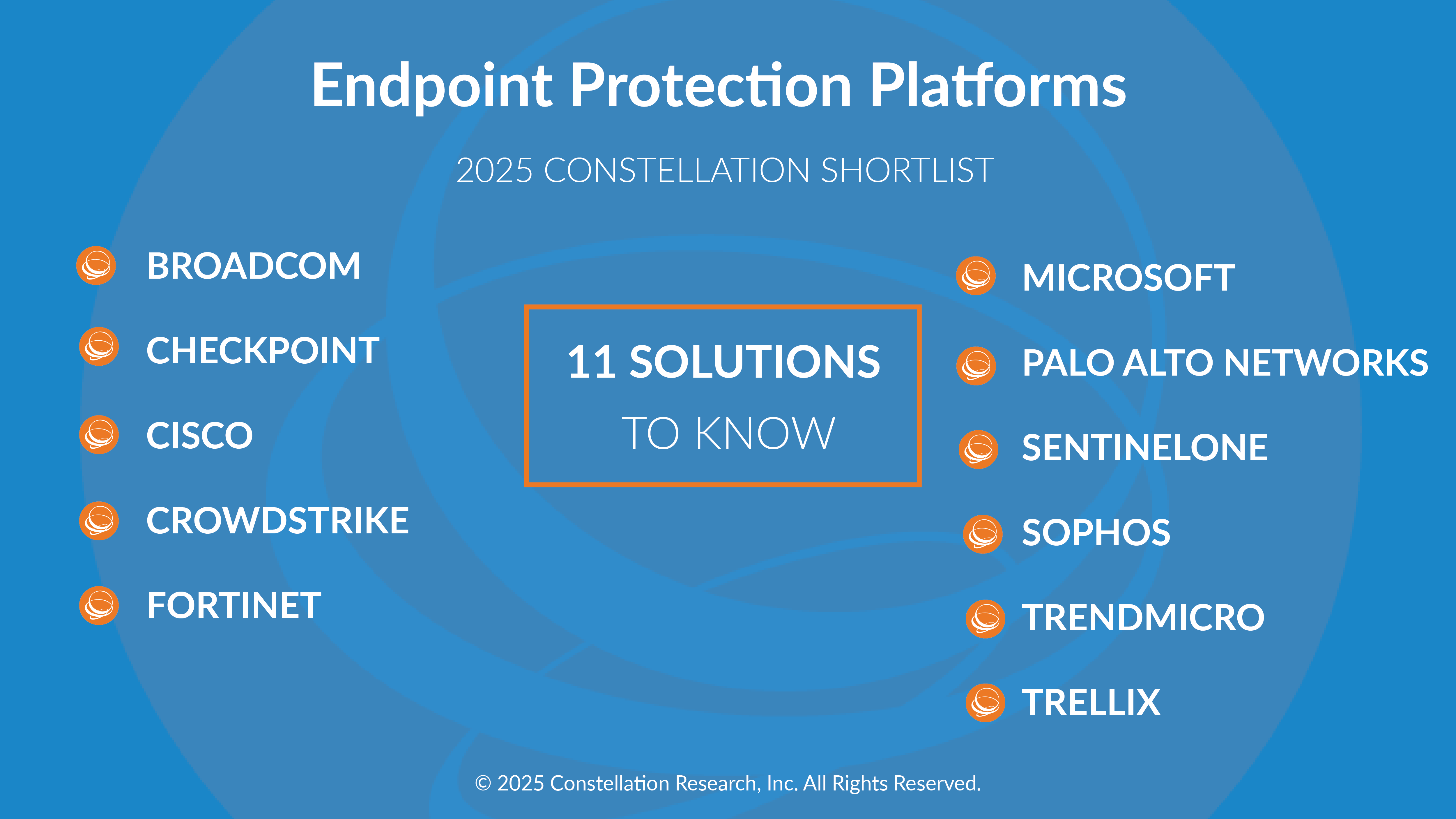
About This ShortList
Imagine your organization's sensitive data residing on hundreds, even thousands, of devices – laptops, mobiles, servers – scattered across the globe. Each device represents a potential entry point for cybercriminals, and traditional security measures often struggle to keep pace with the ever-evolving threat landscape. Endpoint Protection Platforms (EPPs) act as the essential guardians of your digital assets.
EPPs automate patch management, ensuring devices are kept up-to-date with security patches to address known vulnerabilities. EPPs utilize behavioral analysis and advanced threat detection techniques to identify and mitigate zero-day vulnerabilities before they are widely exploited. EPPs can detect and block ransomware attacks, preventing attackers from encrypting your data and demanding ransom payments. Think of them as a comprehensive suite of security tools, working tirelessly behind the scenes to shield your endpoints from malware, unauthorized access, and data breaches.
The EPP market, fueled by the rising demand for robust endpoint security, is projected to reach a staggering $25+ billion by 2027. This significant growth underscores the vital role EPPs play in protecting organizations of all sizes.
Threshold Criteria
Constellation considers the following criteria for these solutions:
- Multi-layered Protection: Combines traditional signature-based antivirus and anti-malware with advanced techniques like behavioral analysis to detect and block both known and emerging threats.
- Endpoint Detection and Response (EDR): Continuously monitors endpoints for suspicious activity, investigates potential incidents, and enables rapid response to contain and eradicate threats.
- Application Control: Restricts the execution of unauthorized applications, preventing malware infections and data breaches by limiting potential attack vectors.
- Device Control: Manages and secures endpoint devices, including mobile devices, through policy-based control, preventing unauthorized access and data leakage.
- Data Loss Prevention (DLP): Protects sensitive data from unauthorized exfiltration, ensuring data security and compliance with regulations.
- Sandboxing: Isolates and analyzes suspicious files in a controlled environment, minimizing the risk of accidental infections.
- Behavioral Analysis: Monitors user activity for anomalies and potential insider threats, identifying suspicious activities that might escape traditional detection methods.
- Integration with Security Information and Event Management (SIEM): Enables centralized management and analysis of security data from endpoints alongside other sources, providing a holistic view of your security posture.
The Constellation ShortList™
Constellation evaluates more than 30 solutions categorized in this market. This Constellation ShortList is determined by client inquiries, partner conversations, customer references, vendor selection projects market share and internal research.
- Broadcom
- Checkpoint
- Cisco
- Crowdstrike
- Fortinet
- Microsoft
- Palo Alto Networks
- SentinelOne
- Sophos
- TrendMicro
- Trellix
Frequency of Evaluation
Each Constellation ShortList is updated at least once per year. Updates may occur after six months if deemed necessary.
Evaluation Services
Constellation clients can work with the analyst and research team to conduct a more thorough discussion of this Constellation ShortList. Constellation can also provide guidance in vendor selection and contract negotiation.


